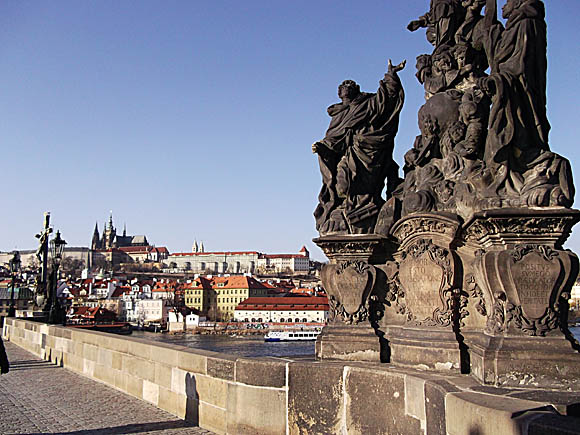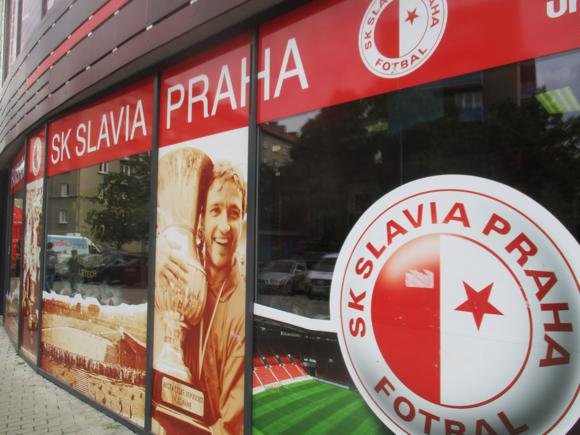A fan’s guide – the club from early doors to today
Happily hopping around their old ground of the Ďolíček again, Prague’s ‘Kangaroos’ are on the up. Having returned to the top flight and stayed there (just), Bohemians 1905 have justified the faith fans put in them.
When the club stood on the brink of collapse, fans paid part of the debts out of their own pockets, and challenged a rival Bohemians, FK Bohemians Prague, who had taken over the club’s legendary badge and colours.
Fined, resigned to Letňany and their senior side since consigned to history, FK’s demise must give as much satisfaction to ‘Bohemka’ followers as the revival of 1905.
The year 1905 refers to the foundation of the original club as AFK Vršovice, in the same neighbourhood as Slavia Prague would later move to – although a ‘Kotva Vršovice’ had been formed ten years earlier.
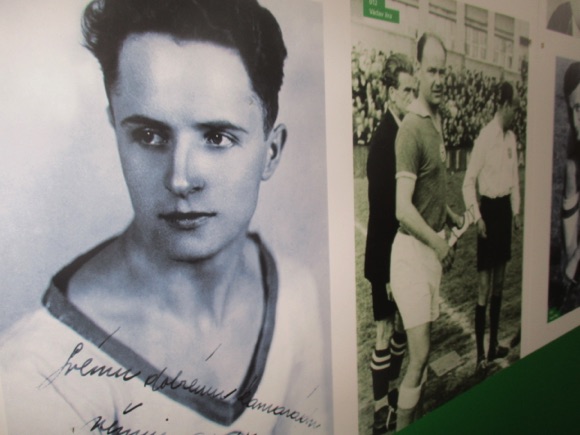
The key year came in 1927, when the club changed their name to Bohemians and set upon a legendary tour of Australia, returning with two kangaroos that they later donated to Prague Zoo. The animals, in turn, provided the green-and-whites with a badge and nickname.
Undergoing frequent name changes after the war – they played for nearly a decade as ‘Spartak Praha Stalingrad’ – the club continued to be based at the Dolícek, set in a little hollow surrounded by modest housing.
Shortly before the club switched names back to Bohemians, in 1957 they took on a precocious nine-year-old junior: Antonín Panenka. This figurehead, later midfield player, rose through the ranks to make more than 200 appearances for Bohemka, famously dinking in a match-winning penalty in the final of Euro 76 for Czechoslovakia against Beckenbauer’s West Germany. It was a brash move Panenka had worked on for years at the Ďolíček – and earned him a place in football history.

Currently the club chairman, Panenka left for a successful spell at Rapid Vienna shortly before Bohemians won their only title, in 1983. That same year, Bohemka reached the semi-finals of the UEFA Cup, their finest achievement in Europe.
A second title nearly arrived in 1985, albeit to be taken from the Kangaroos’ grasp when rumours of corruption had the authorities bring pressure to bear – and Sparta won the league on a better goals record.
The main focus then became the annual Vršovice derby games with Slavia – and the behind-the-scenes problems of ownership, finances and the Ďolíček ground itself.
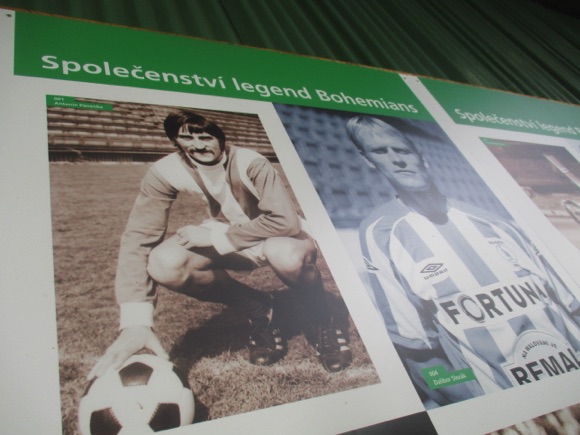
The crisis came to a head in 2005 – exactly a century after Bohemka’s formation – when insolvency cause the club to fall as far as the third flight.
Based at Slavia for five years and battling with FK Bohemians – later referred to as FK Bohemians Prague (Střížkov) for legal reasons – the newly named Bohemians 1905 made it back to the top flight only to drop down again in 2012.
They have since returned to the top flight – and stayed there, surviving a relegation play-off with Opava in 2022. Their fans never lost faith – nor did the Ďolíček ever lose its charm.



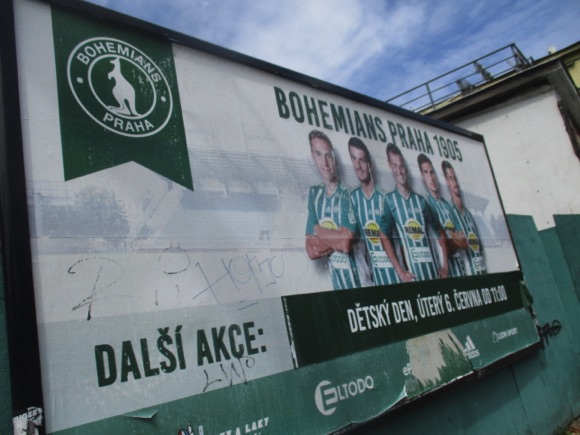
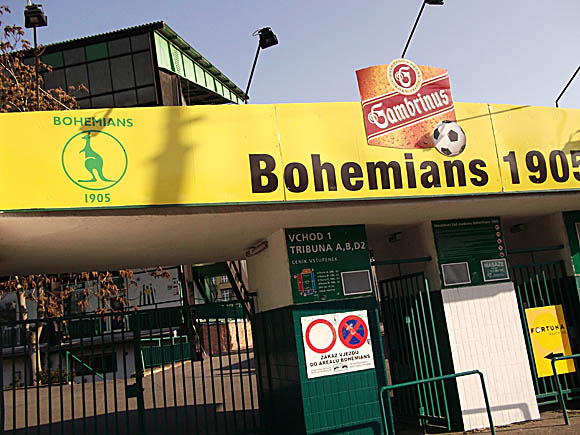


Stadium Guide
The field of dreams – and the stands around it

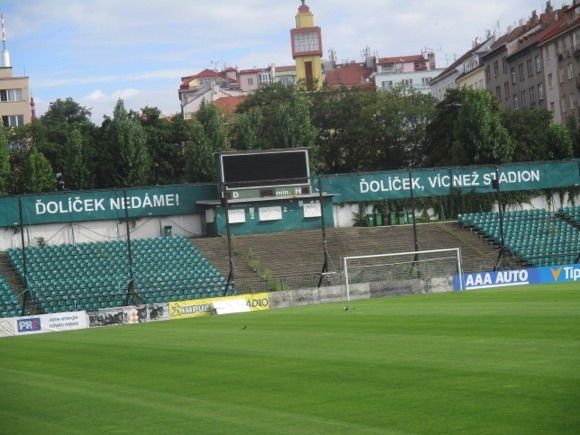
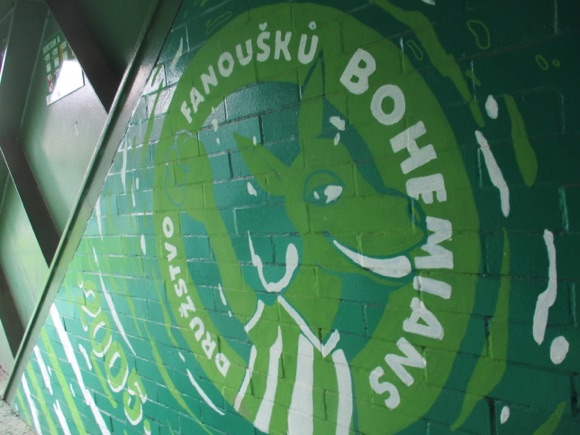

Playing at a simple pitch by the Vršovice Tesla factory since 1914, set up by local trades unions, Bohemka became a victim of their own popularity following the Australian tour of 1927. With Bohemians attracting crowds bigger than the maximum of 6,000, union chief Zdeněk Danner decided to have a new stadium built, opened in 1932, first known as Dannerův after him.
Later known as Ďolíček (‘Dimple’) after the dip in the ground it was set in, this remains one of those classically quaint Czech grounds that warm the heart of any football romantic.

Holding an all-seated 7,500 and still with only one main stand, ‘The Dimple’ is surrounded by the grey landscape of Vršovice, Prague 10. A huge billboard for a nearby residential redevelopment may point to changes in the air, but for the time being, the Ďolíček looks more or less how Panenka and players would have seen it in the 1970s.
The only change is in the seating arrangement – done out in the club colours of green and white, the Ďolíček was revamped several times over the last decade, reducing the capacity from over 15,000 as more seats were installed.
The main stand, accessed through Gate 1 on Vršovická by the tram stop, contains the club shop and museum. Gate 2 on the corner of Vršovická and Sportovní allows access for away fans in the D sector behind the south (‘Jižní’) goal. The home goal, sector B, is accessed further up Sportovní through Gate 3.
getting there
Going to the stadium – tips and timings


The Ďolíček is set by its own Bohemians tram stop, the former Oblouková on lines 6 and 7, services every 10-15mins. The 6 is six stops from IP Pavlova (line C), the 7 ten stops from Anděl (line B) metro stations. Slavia is only two further down the line in each case.
getting in
Buying tickets – when, where, how and how much


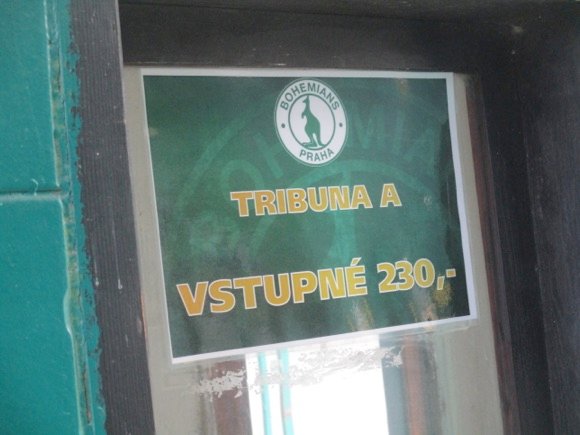
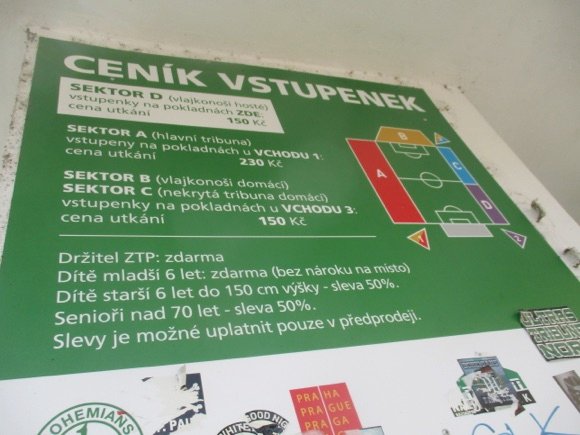
There are pre-match and match-day ticket offices by each of the three gates or tickets are sold in advance at the club shop. Prices are set at a simple Kč230/€9.65 for the main stand (vstup/entrance 1) on the main road, Kč150/€6.30 everywhere else, including away fans through gate 2.
Children under six are admitted free and, in one of those wonderful examples of Czechnology, kids from the age of six to a height of 150cm are granted a 50% discount – presumably tape measures are available on match days. Seniors over 70 also get in half-price.
what to buy
Shirts, kits, merchandise and gifts
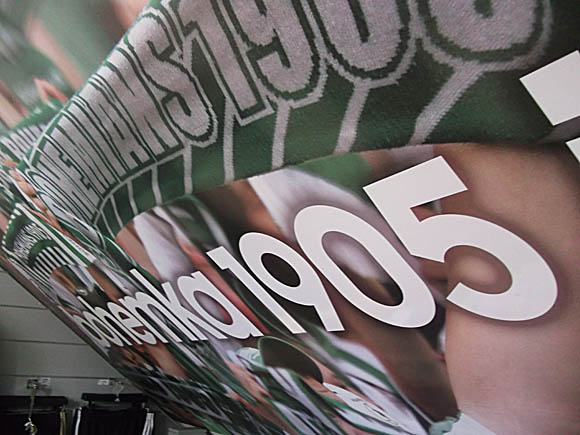


In the main stand just inside Gate 1, the Fan Shop (Tue 9am-12.30pm, 1.30pm-4pm, Wed-Thur 10am-12.30pm, 1.30pm-4pm, Fri 8am-12.30pm, 1.30pm-3pm, match days) sells toy kangaroos, a Czech-language account (with photographs) of Bohemians’ Australian tour of 1927 and copies of club magazine-cum-programme Klokan, ‘The Kangaroo’.
Current away kit is all black, the first-choice green and white a hooped rather than striped number.
club Museum
Explore the club inside and out

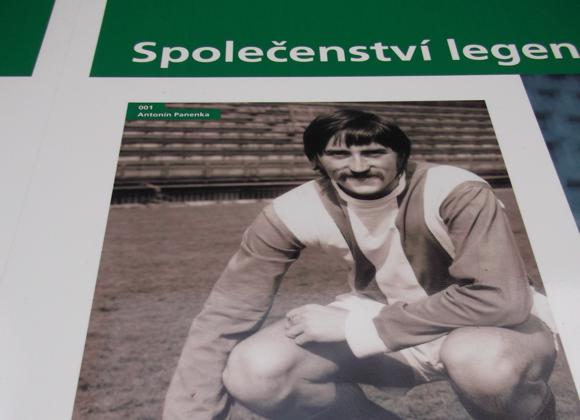

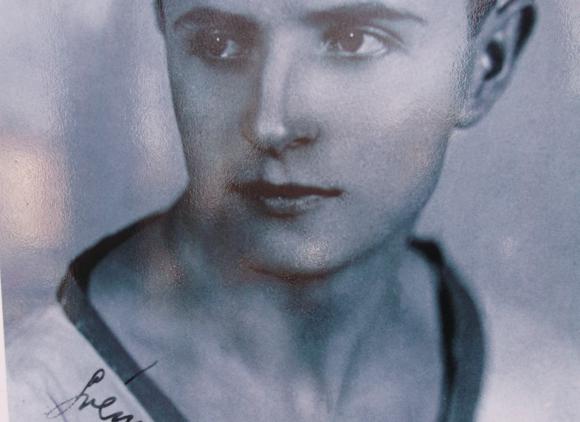



The Bohemians Museum stands just along from the Fan Shop in the main stand, with a players’ hall of fame on the wall outside, and archive videos within. Opening hours are irregular.
Where to Drink
Pre-match beers for fans and casual visitors


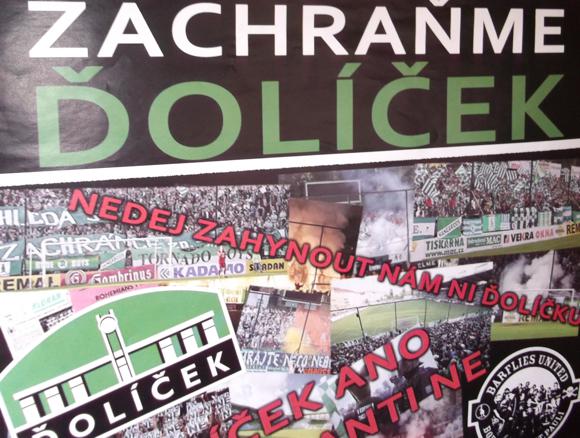

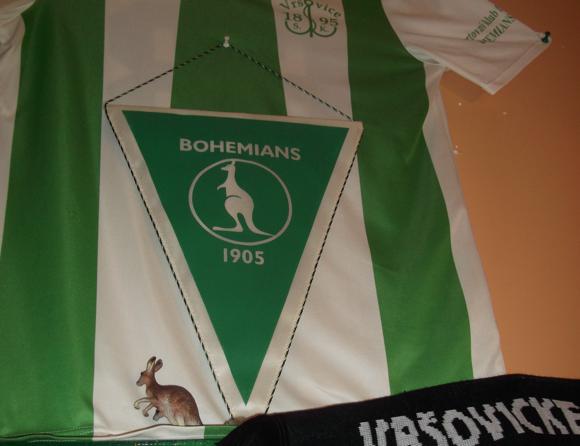



Some of the bars surrounding the Ďolíček have been converted into cheap Asian food joints or bakeries. The prime example is U tří soudků, opened in 1934 on the corner of Vrsovická and Sportovní shortly after the Ďolíček itself. Posters on the wall once testified to the ‘Save the Ďolíček’ campaign successfully waged by local regulars, complementing the shirts and pennants in green and white. At least it still sells beer alongside your bargain-basement phô soup.
On main Vršovická, on the other side of the tram tracks from the stadium, the Club Bohemka at No.44 is now a cake shop, though on the corner of K Botiči, the Eva Bistro, remains part corner shop, part local bar. Run by a lovely couple, it still displays pictures of Bohemians teams and various Sunday league line-ups. Between these two, the Panda is a pit-stop bar that somehow survived the pandemic and energy crisis.
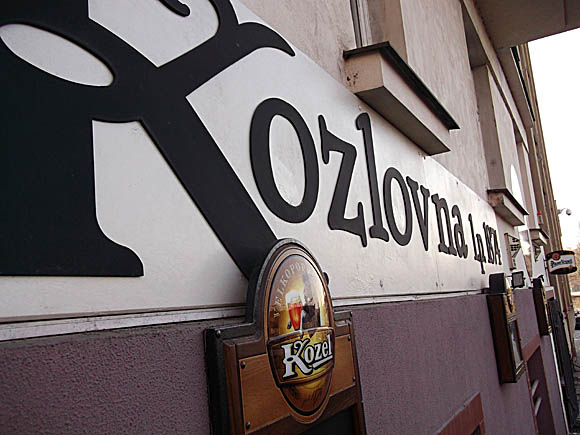
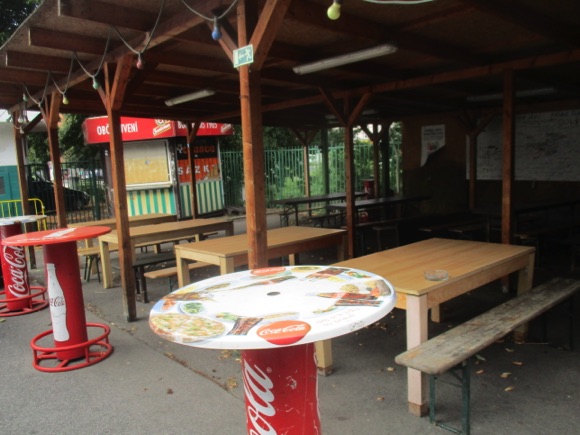

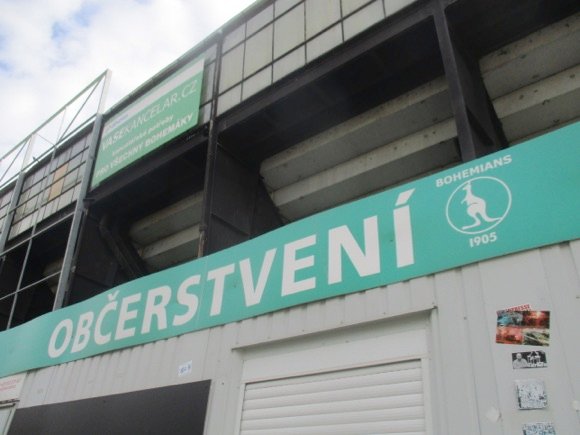
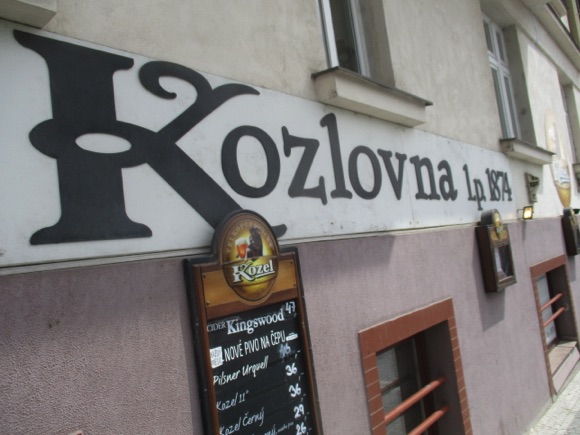
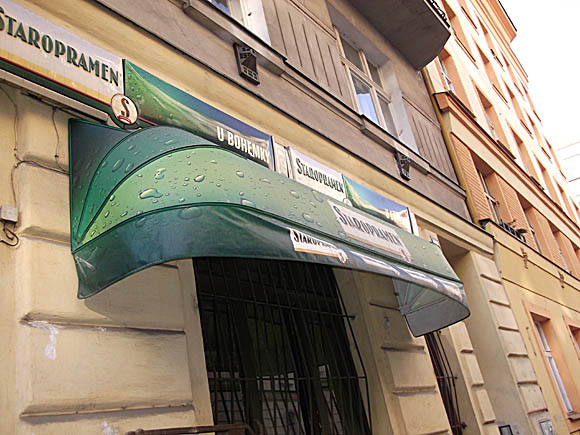
Further up behind the open sideline terrace on Sportovní, Kozel u Bohemky has had a makeover and slight name change, the former Kozlovna opposite Gate 3 able to trace its history back to 1874. Back then, bare brick probably wasn’t fashionable, but Prague 10 locals still enjoyed a big glass of Czech beer just the same.
One block further back, U Bohemky at Orelská 4 is done out in Bohemian green, a signature kangaroo gazing down on a scene of unpretentious drinking.
At the ground, you’ll find a modest but welcome bar behind the main stand, selling standard beer and three types of sausage on match days, plus a couple of občerstvení kiosks dotted about, serving the same.

